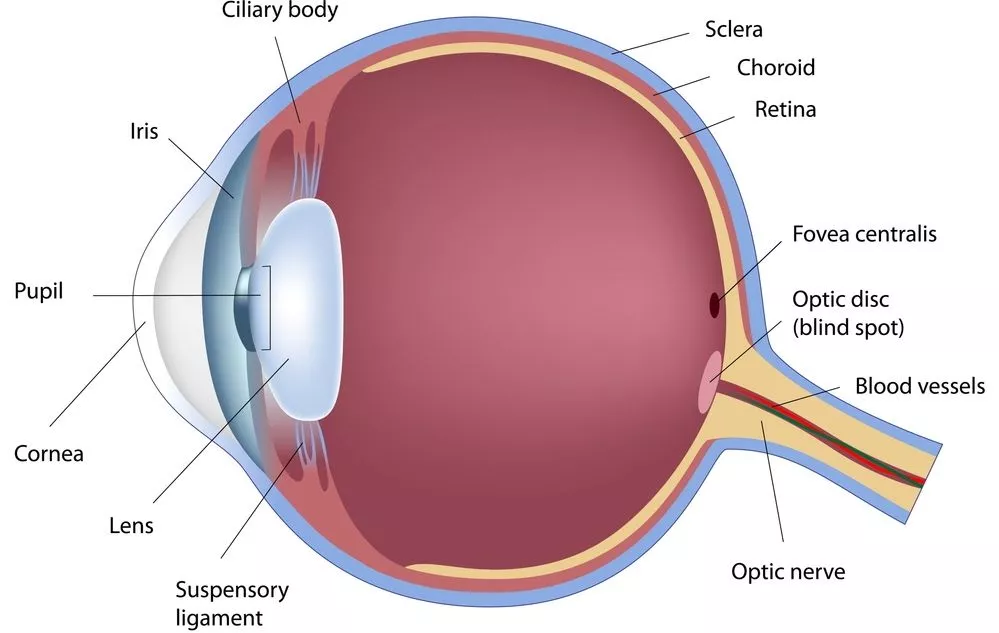There could be new hope for people facing vision loss due to conditions such as retinitis pigmentosa or wet age-related macular degeneration. Scientists from the University of Southampton have discovered that easily-gathered corneal cells may be able to take the place of degraded retinal cells, thus preventing or curing blindness.
The research team, led by Prof. Andrew Lotery, analyzed corneal limbal stromal cells. These come from the corneal limbus, a thick region located on the front of the eye. Its prominent location makes it easy to surgically access, while its thickness minimizes the likelihood of damage to the patient’s vision while cells are being extracted.

What the scientists discovered was that corneal limbal stromal cells have stem cell-like properties – this means that they can be transformed into other types of cells. When cultured in a dish, the corneal cells were made to take on some of the properties of retinal cells.
Theoretically, this discovery might mean that cells could be harvested from the corneal limbus and cultured into retina-like cells, then transplanted onto the retina, where they would replace non-functioning retinal cells. Rejection of the transplanted cells would not be likely, as they would come from the patient’s own body.
Lotery and his team are continuing their research, assessing the viability of such a procedure.
Source: University of Southampton




